
Crowd Psychology Definition: Leveraging Market Sentiment for Investment Success
Apr 9, 2024
Introduction
Crowd psychology, the study of how individuals behave and think when part of a larger group, has fascinated thinkers for centuries. From the ancient Greek philosophers to modern-day psychologists, many have sought to decipher the complex dynamics that drive collective behaviour. By examining the insights of six incredible minds from 2000 BC to the present day and exploring two real-world examples; we can gain a deeper understanding of this intriguing phenomenon.
Ancient Insights: Plato and Confucius
The Greek philosopher Plato (c. 428-348 BC) was one of the earliest thinkers to explore the concept of crowd psychology. In his work “The Republic,” Plato argued that individuals in a group often behave differently than they would on their own, succumbing to the influence of the masses. He believed the collective mindset could lead people to make irrational decisions and engage in destructive behaviours.
Similarly, the Chinese philosopher Confucius (551-479 BC) recognized the power of group dynamics. He emphasized the importance of social harmony and the role of the individual in maintaining order within a community. Confucius believed that by adhering to moral principles and fulfilling one’s duties, individuals could contribute to the group’s overall well-being.
The Wisdom of Gustave Le Bon and Sigmund Freud
In the late 19th century, French social psychologist Gustave Le Bon (1841-1931) published his seminal work “The Crowd: A Study of the Popular Mind.” Le Bon argued that when individuals become part of a crowd, they lose their sense of individual responsibility and become more susceptible to the group’s influence. He identified three key factors contributing to crowd behaviour: anonymity, contagion, and suggestibility.
Austrian neurologist and founder of psychoanalysis Sigmund Freud (1856-1939) also explored the dynamics of crowd psychology. In his book “Group Psychology and the Analysis of the Ego,” Freud posited that individuals in a group experience a “herd instinct” that leads them to conform to the beliefs and behaviours of the majority. He believed this instinct was rooted in the individual’s desire to be accepted and avoid feelings of isolation.
Contemporary Perspectives: Philip Zimbardo and Daniel Kahneman
Philip Zimbardo, a renowned American psychologist, made significant contributions to the study of crowd psychology through his controversial Stanford Prison Experiment. In 1971, the experiment demonstrated the powerful influence of social roles and situational factors on individual behaviour within a group setting. Zimbardo’s work revealed how individuals could quickly adopt and conform to the roles assigned to them, even if those roles involve engaging in harmful or unethical behaviours.
The Stanford Prison Experiment involved randomly assigning participants to either the role of a prisoner or a prison guard. The participants fully immersed themselves in their assigned roles, leading to a rapid deterioration of the situation. The guards became increasingly authoritarian, while the prisoners experienced psychological distress and began exhibiting signs of learned helplessness. The experiment was terminated prematurely due to the extreme psychological effects it had on the participants.
Zimbardo’s work highlighted the significance of understanding the social context in which individuals operate. It emphasized that the behaviour of individuals within a group is heavily influenced by the roles they assume and the situational factors surrounding them. This understanding of crowd psychology has broader implications for various real-life scenarios, such as mob behaviour, social conformity, and the dynamics of groups in organizations or communities.
Another influential figure in the field of crowd psychology is Daniel Kahneman, a Nobel Prize-winning psychologist and economist. In his book “Thinking Fast and Slow,” Kahneman explores the concept of “groupthink.” Groupthink occurs when the desire for harmony within a group leads to irrational decision-making. To maintain consensus and avoid conflict, individuals within a group often suppress their doubts and misgivings, leading to flawed decision-making processes.
Kahneman’s research suggests that groupthink can hinder critical thinking and creativity within a group. When individuals prioritize maintaining harmony and conformity over expressing independent thoughts, the group may overlook potential risks or alternative perspectives. This phenomenon has been observed in various real-life scenarios, such as political decision-making, corporate boardrooms, and even small social gatherings.
By studying the works of Zimbardo and Kahneman, we gain valuable insights into the complexities of crowd psychology. Their research reminds us of the importance of considering the social context, situational factors, and individual motivations when analyzing group behaviour. Understanding crowd psychology allows us to better comprehend group dynamics and make more informed decisions in various aspects of life, from personal relationships to professional settings.
Philip Zimbardo‘s Stanford Prison Experiment and Daniel Kahneman’s exploration of groupthink in “Thinking, Fast and Slow” have significantly contributed to our understanding of crowd psychology. Zimbardo’s work highlights the impact of social roles and situational factors on individual behaviour, while Kahneman’s research sheds light on the dangers of groupthink in decision-making processes. These perspectives provide valuable insights into the complexities of human behaviour within group settings and offer practical applications for various real-life scenarios.
Real-World Examples: Financial Markets and Political Movements
The dynamics of crowd psychology can be observed in various real-world contexts, from financial markets to political movements. In finance, the concept of “herd behaviour” is often used to describe investors’ tendency to follow others’ actions, leading to market bubbles and crashes. The dot-com bubble of the late 1990s and the housing market crash 2008 are prime examples of how collective behaviour can drive irrational decision-making and lead to disastrous consequences.
Political movements also provide a fertile ground for studying crowd psychology. The rise of populist leaders and the spread of misinformation through social media have highlighted the power of group dynamics in shaping public opinion and political outcomes. The Arab Spring uprisings of 2011 and the global wave of protests in 2019-2020 demonstrate how collective action can lead to significant social and political change.
Conclusion
By examining the insights of great thinkers and exploring real-world examples, we can gain a deeper understanding of the complex dynamics that drive crowd psychology. From the ancient wisdom of Plato and Confucius to the contemporary perspectives of Zimbardo and Kahneman, the study of collective behaviour has captured the minds of philosophers, psychologists, and social scientists for centuries.
As we navigate an increasingly interconnected world, the ability to decipher the dynamics of crowd psychology becomes ever more crucial. By recognizing the factors that influence group behaviour, we can develop strategies to promote positive collective action and mitigate the potential dangers of irrational decision-making. Ultimately, understanding crowd psychology empowers us to create more harmonious, resilient, and prosperous societies.
Journey of Discovery: Fascinating Reads

Discover How the Extra Return Generated Through Stock Market Timing Strategies Should Be
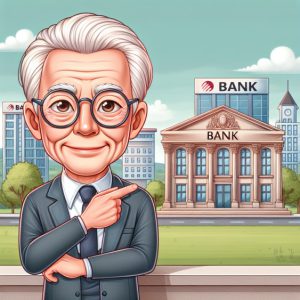
Stock Market Fear Meter: All Bark, No Bite

Stock Market Forecast for Next Week: Ride the Thrilling Trend!

Rags to Riches Stories: The Power of Perseverance and Discipline
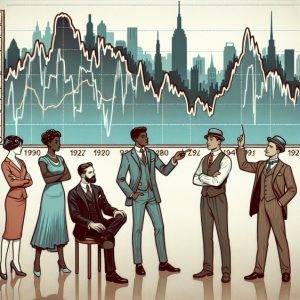
Dow Jones Average Chart: Trading for Success
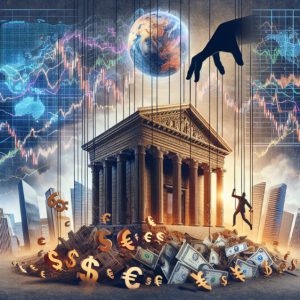
Financial Disaster Recovery Plan: Buying the Crash, Selling the Joy
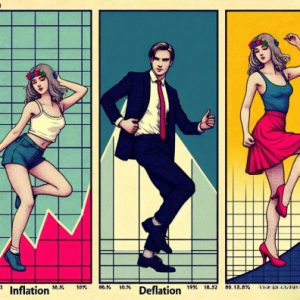
Inflation vs Deflation vs Disinflation: Navigating and Winning
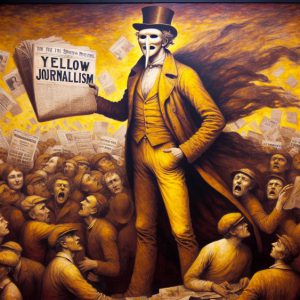
Unmasking Deceit: Examples of Yellow Journalism

Crude Oil Crash: Unveiling Crowd Stupidity and Opportunity

Mass Psychology Overview: Unveiling its Enigmatic Dynamics

What is Mass Psychology: Mastering the Investment Game

Strategic vs Tactical Asset Allocation: The Dominating Difference

When Inflation is, the Fed Aims to Slow the Economy

Latest Stock Market News: Making Money With Mass Psychology

People Who Went From Rags to Riches and How They Did It
FAQ: Crowd Psychology Definition
How did Plato and Confucius contribute to the crowd psychology definition?
An ancient Greek philosopher, Plato explored crowd psychology in his work “The Republic.” He argued that individuals in a group often behave differently, succumbing to the influence of the masses. Confucius, a Chinese philosopher, recognized the power of group dynamics and emphasized social harmony and individual roles in maintaining order within a community
What are the key factors contributing to crowd behaviour according to Gustave Le Bon and Sigmund Freud?
Gustave Le Bon, a French social psychologist, identified three key factors contributing to crowd behaviour: anonymity, contagion, and suggestibility. When individuals become part of a crowd, they lose their sense of individual responsibility and become more susceptible to the group’s influence. Sigmund Freud, an Austrian neurologist, explored the concept of “group psychology” and the “herd instinct.” He posited that individuals in a group conform to the beliefs and behaviours of the majority to be accepted and avoid isolation
How did Philip Zimbardo and Daniel Kahneman contribute to the study of crowd psychology?
Philip Zimbardo, an American psychologist, conducted the Stanford Prison Experiment, demonstrating the influence of social roles and situational factors on individual behaviour within a group setting. The experiment revealed how individuals quickly adopt and conform to assigned roles, even engaging in harmful behaviours. Daniel Kahneman, a Nobel Prize-winning psychologist, explored the concept of “groupthink” in his book “Thinking, Fast and Slow.” He highlighted how the desire for harmony within a group can lead to irrational decision-making and hinder critical thinking


